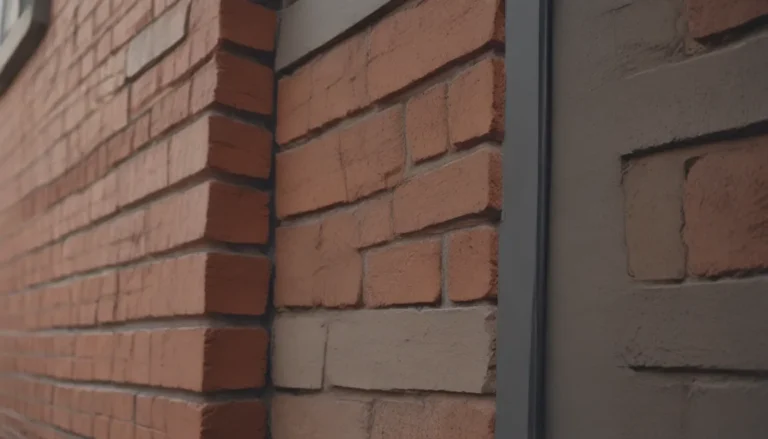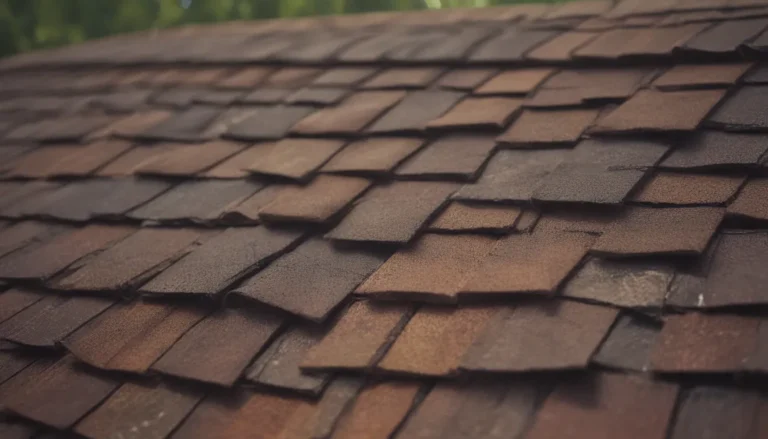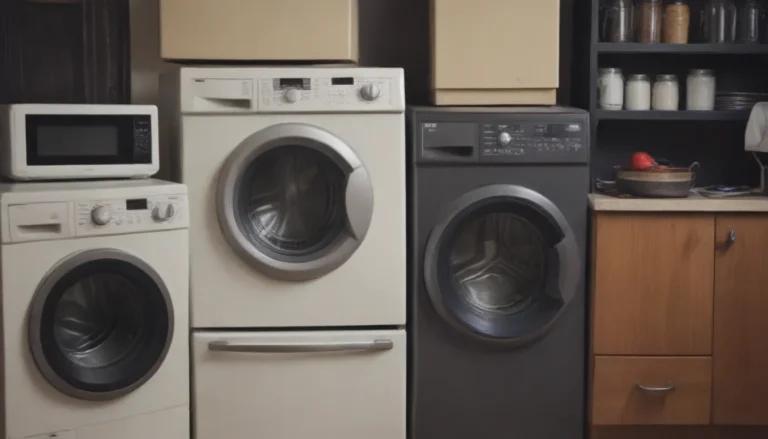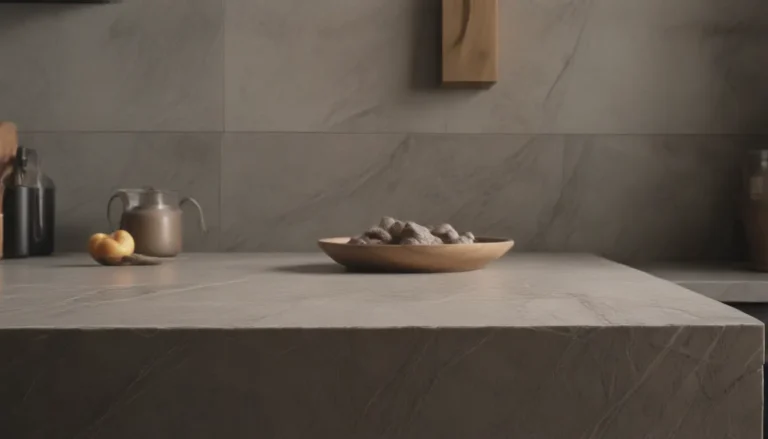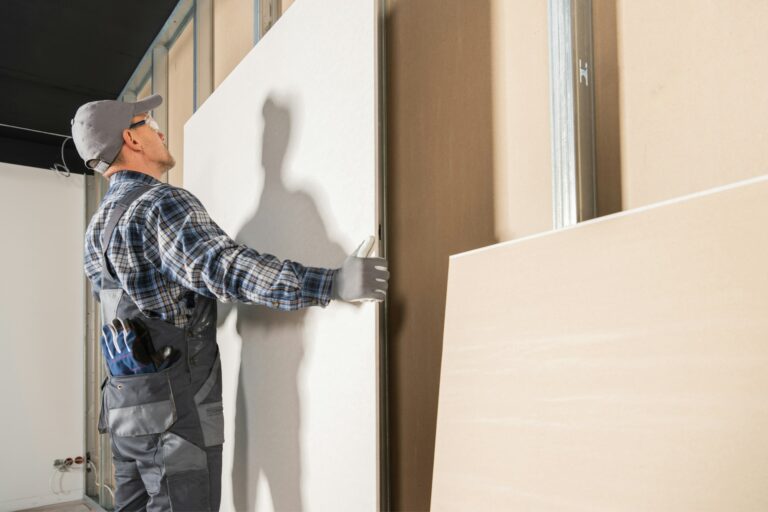The Comprehensive Guide to Mold Remediation: Key Steps and Processes for Safe Removal
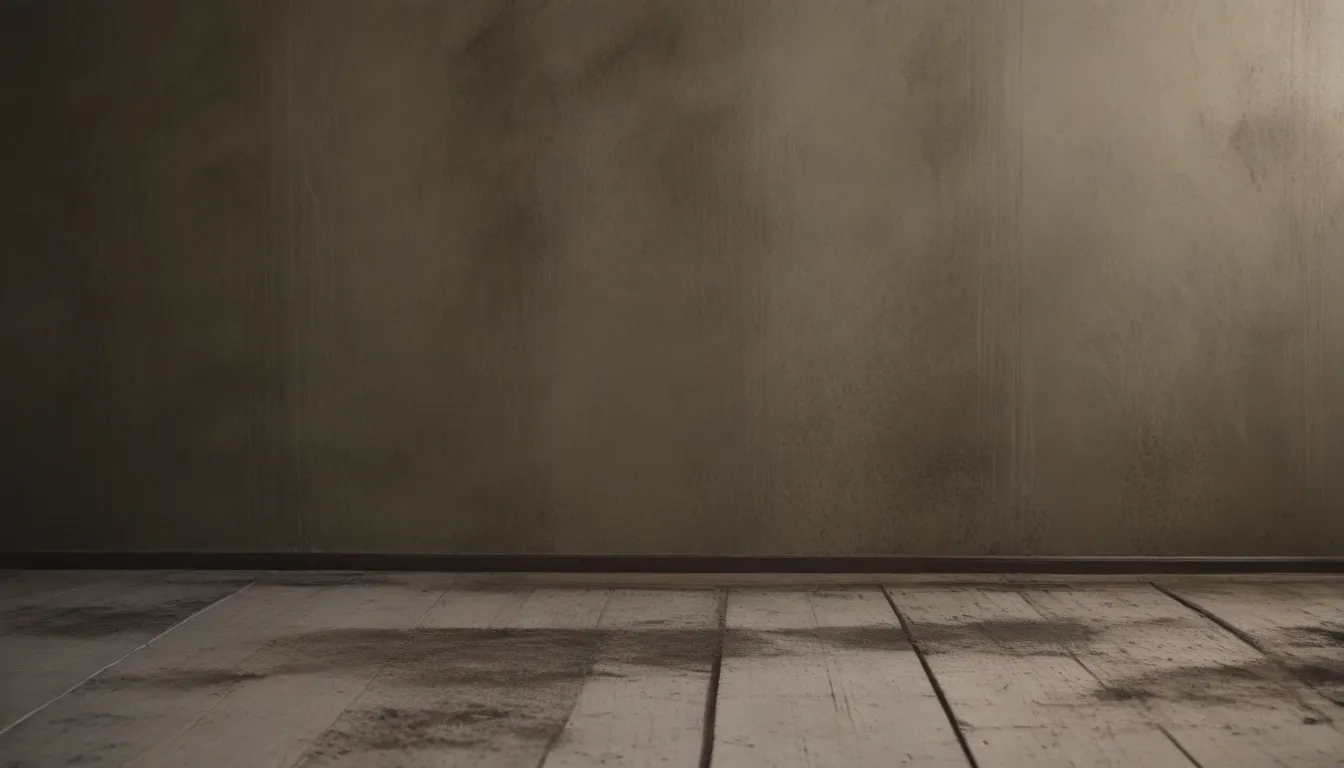
Welcome to our in-depth guide on mold remediation! Whether you’re a homeowner, renter, or potential buyer, understanding the basics of mold within the home and the process for its removal is essential for keeping your living space safe and healthy. In this article, we’ll cover everything you need to know about mold, from common types to areas it can develop in your home, as well as the step-by-step process of mold remediation.
Understanding Mold in Your Home
Mold is a common issue in many households, often thriving in wet or humid environments. Even homes in dry regions can have areas prone to mold growth. While some mold, like the one found in the grout between tiles, can be easily cleaned with a bleach-based solution, other types pose more significant health and aesthetic risks.
Common Types of Mold
- Aspergillus: Often found in air conditioning systems and damp areas.
- Penicillium: Typically grows on wallpaper, carpet, and other organic materials.
- Stachybotrys chartarum (black mold): Infamous for producing mycotoxins that can cause severe health issues.
- Cladosporium: Thrives in fabrics, carpets, and wood surfaces.
Warning Signs of Mold
- Musty Odor: A telltale sign of hidden mold growth.
- Visible Spots: Discoloration on walls, ceilings, or other surfaces.
- Health Symptoms: Respiratory issues, allergies, or skin irritation.
Areas Prone to Mold Growth
Any area with excess moisture or water is a potential breeding ground for mold. While older homes may seem more susceptible, new constructions with tight insulation can also foster mold growth, especially in areas like:
- Basements and crawl spaces
- Attics with poor ventilation
- Bathrooms and kitchens
- Air ducts and HVAC systems
The Mold Remediation Process
If you’ve identified mold in your home, it’s crucial to follow the proper remediation process to ensure thorough removal and prevent future outbreaks.
Step 1: Containment and Ventilation
Setting up proper containment and ventilation is essential to prevent mold spores from spreading to unaffected areas. Here’s what this involves:
– Isolating the contaminated area with plastic sheets
– Using air scrubbers or filtration devices to purify the air
Step 2: Cleaning and Disinfection
Once containment is in place, the cleaning and disinfection process can begin. This stage includes:
– Removing and disposing of contaminated materials
– Applying biocide or fungicide solutions to kill mold spores
– Thoroughly cleaning surfaces to eliminate traces of mold
Step 3: Fixing the Mold Source
Addressing the root cause of mold growth is crucial for long-term prevention. This may involve:
– Repairing leaks or water damage
– Improving ventilation in damp areas
– Replacing or repairing damaged materials
Step 4: Encapsulating the Mold
In cases where complete removal is challenging, encapsulating mold with specialized paints or sealants can contain its spread. However, it’s critical to ensure the affected area is dry and the underlying issue is resolved before encapsulating.
Myths vs. Facts About Toxic Mold
Not all mold is toxic, but certain types can produce harmful mycotoxins. Here are some common misconceptions debunked:
– Myth: All mold is toxic.
– Fact: Only specific molds, like Stachybotrys chartarum, produce toxic compounds.
– Myth: Mold always causes severe health issues.
– Fact: While some individuals are more sensitive to mold, not everyone will experience adverse effects.
When to Seek Professional Help
While minor mold infestations can often be remediated by homeowners, larger-scale or toxic mold situations require the expertise of professionals. Here’s when to consider calling a mold remediation company:
– Extensive mold growth covering more than 10 square feet
– Presence of toxic black mold (Stachybotrys)
– Mold in HVAC systems or difficult-to-access areas
In conclusion, mold remediation is a crucial process for maintaining a healthy indoor environment. By understanding the basics of mold, recognizing warning signs, and following the proper remediation steps, you can effectively tackle mold issues in your home.
Remember, if you’re unsure about handling mold removal yourself or suspect toxic mold, it’s best to consult with a licensed professional for safe and effective remediation.
For more information on mold remediation and prevention, consult resources from reputable organizations like the EPA, CDC, and WHO. Stay informed and proactive in keeping your home mold-free and your family healthy.
